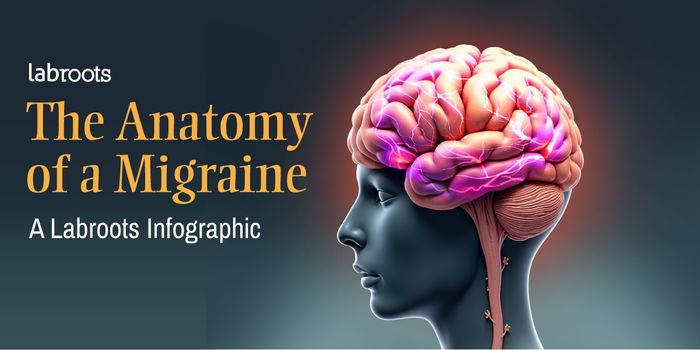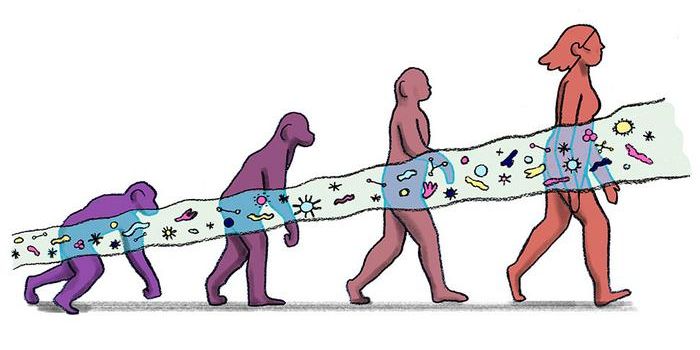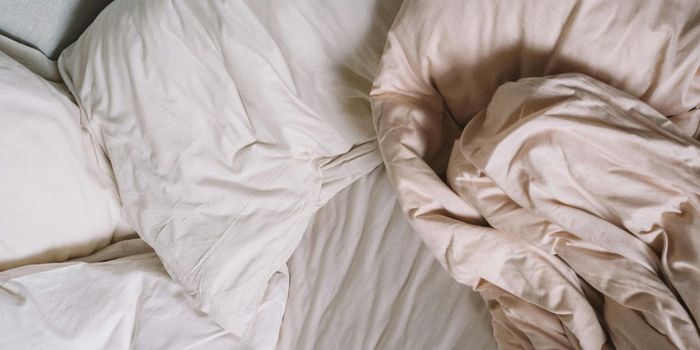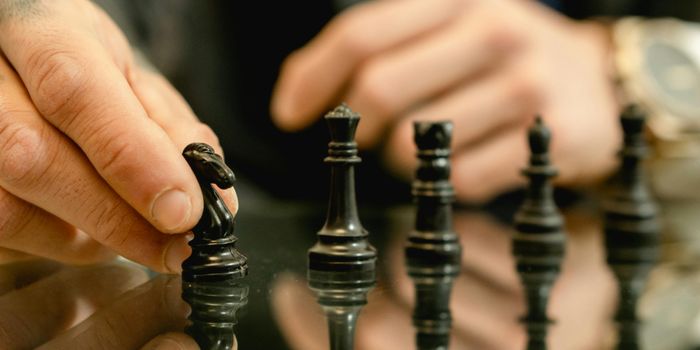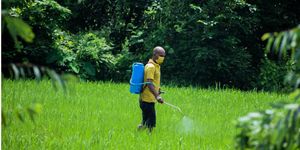Study Sheds Light on the Neural Processes Involved in Everyday Creativity
A recent study published in Neuroscience shed light on the neurocognitive mechanisms involved during creative thinking. Creativity plays a role in all tasks, whether they are everyday activities or more intricate processes involved in imaginative or inventive thinking. Scientists describe two main types of creativity as “Big C” creativity which involves high-order cognitive processes associated with artistic masterpieces or scientific discovery and “Little C” creativity which involves problem solving during everyday activity. Little C creativity also reflects the basic level of creativity needed for human survival.
The study participants included 75 Chinese college students. Forty-five participants were female, and the mean age was 19 years old. The participants completed a measure of everyday creativity. They also ranked how often they have engaged in activities involving visual art, literature, performing arts, and crafts.
Participants completed the alternate uses task which required them to identify unusual uses for a common object. During this process, the researchers monitored their brain activity using electroencephalogram (EEG).
The EEG showed increased alpha power in the frontal cortex of the right hemisphere and an increase in functional connectivity between frontal, parietal, and temporal sites during the everyday creativity task. The researchers found that EEG alpha activity was affected by individual differences in everyday creativity when participants were generating creative ideas. According to the researchers, “individuals with higher everyday creativity exhibited comparatively greater increases in task-related power in the frontal cortex and coherence in frontal-temporal regions of the right hemisphere compared to individuals with less everyday creativity.” This finding suggests that participants who scored higher in everyday creativity also demonstrated an increased ability to focus and process internal information and more effective semantic processing.
This study addressed a research gap regarding the neural processes of everyday creativity. The findings revealed a complex, bidirectional relationship may exist between everyday creativity and creative thinking as both potential causes and consequences of development. The researchers suggest that future studies using experience sampling and diary methods might be used to track individuals’ creativity activities over several days and weeks to explore the relationship between everyday creativity and creative thinking.
Sources: Neuroscience, Psypost



